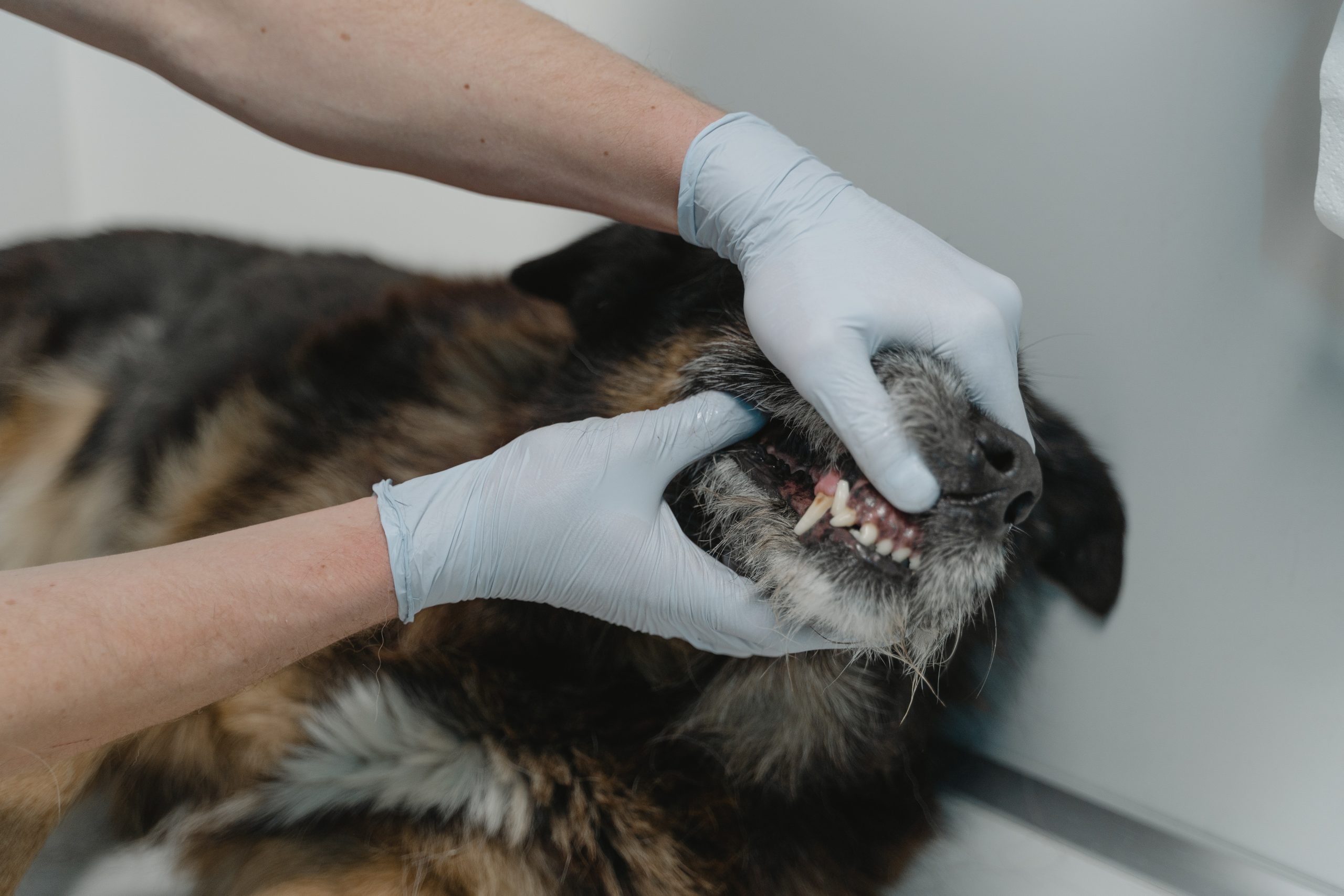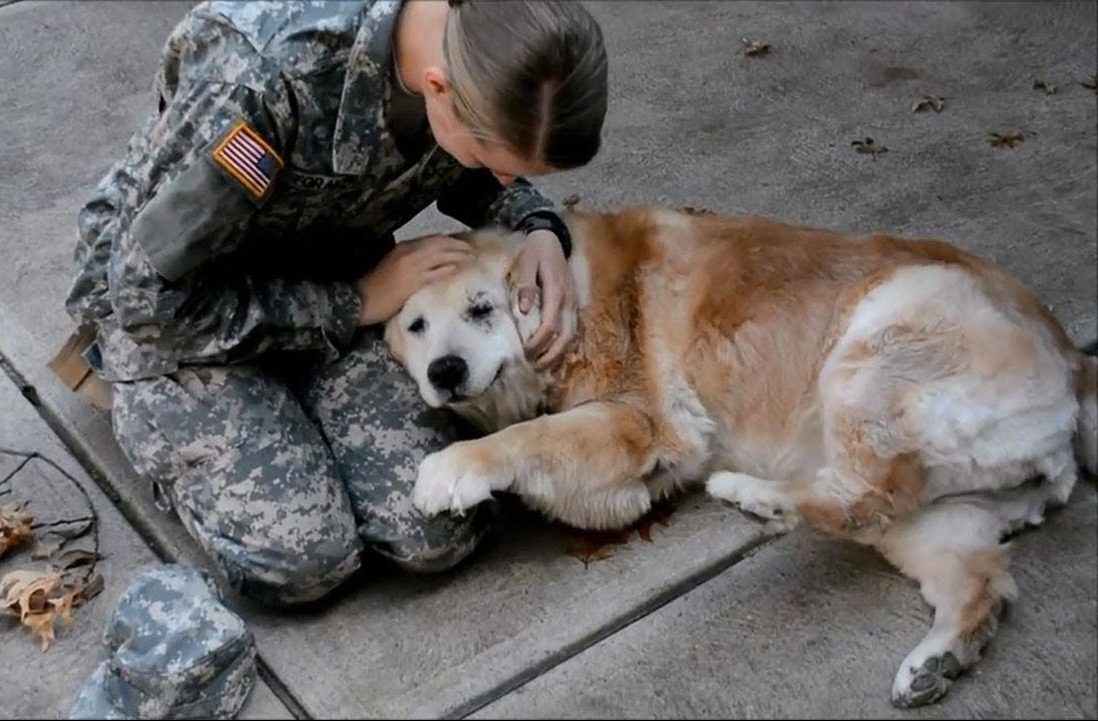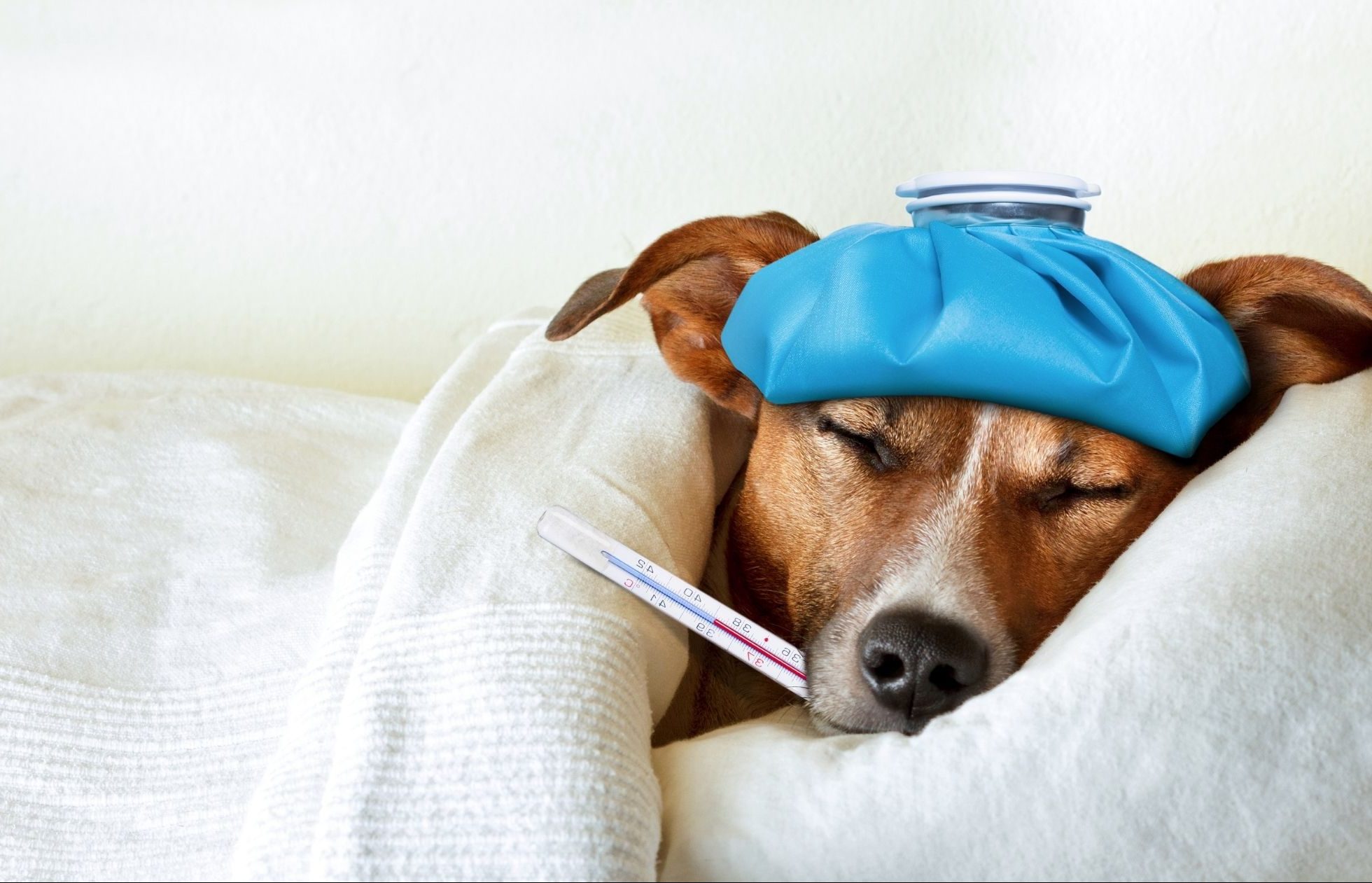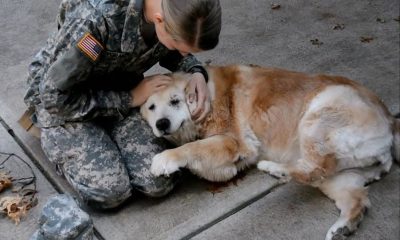Dogs
Why Does My Dog Have Bad Breath and What Can I Do About It?

There are two main reasons why your dog might have bad breath. The first, and most common reason, is that the dog’s diet simply isn’t as healthy as it should be. If you notice your dog’s breath smells unpleasant, then it’s time to start evaluating his diet and modifying his feeding habits to ensure he gets the vitamins and minerals he needs to keep him feeling great all day long.
Types of bad breath in dogs
Dogs don’t have the same mouth anatomy that humans do, so it’s not uncommon for them to have some funky breath. There are a few different causes of bad dog breath, and some of them can be relieved with a little effort on your part. Other times, there might not be anything you can do to help make their breath better. In this blog post, we’ll break down all the possible causes of bad dog breath and offer up some advice on how to handle each one. Let’s get started!
Which dogs get bad breath
Most dogs experience bad breath at some point, which can be caused by many different things. It’s important to know which type of bad breath your dog has so you know what to do about it. Some common types of breath include: Halitosis, or the presence of an unpleasant smell from the mouth due to bacteria; Dry mouth, when a dog doesn’t produce enough saliva for its food; Red yeast syndrome, a yeast infection that causes red patches on the skin as well as bad breath; Periodontal disease, which is an infection around the teeth often caused by plaque buildup and leads to bad breath; Other possible reasons for bad breath are kidney failure, liver failure, and diabetes. Various medications may lead to your dog having foul-smelling breath because they kill off good bacteria in their stomachs.
How to treat dog bad breath
One common cause of bad breath in dogs is dental disease. Plaque, tartar, and other accumulations can form on the teeth, which leads to a buildup of bacteria that produces an unpleasant odor. Some veterinarians recommend daily brushing with toothpaste made especially for dogs. For more severe cases, your veterinarian may clean the dog’s teeth with a water-diluted hydrogen peroxide solution or use anesthesia to perform professional cleaning procedures such as scaling or polishing the tooth surfaces. Another potential cause of bad breath is gum disease caused by bacteria buildup between the gums and teeth. Gum disease is usually treated by regular brushing, dental chews (such as Greenies), or antibiotics from your veterinarian. In some cases, surgery may be required to remove diseased tissue or treat deep infections.
A third possible cause of bad breath is foreign body ingestion: swallowing objects like socks, bones, erasers, rubber bands, and rocks.
Treatments for dog oral hygiene at home
Brushing your dog’s teeth is an important way to make sure their breath stays fresh. If you don’t have a dog toothbrush, you can use your finger or toothbrush instead. Make sure to brush in small circular motions so that you clean all the surfaces of your dog’s teeth. If there is food or plaque that has been left on the teeth, it will lead to bad breath. If brushing does not seem like a natural fit for you, there are many other ways to freshen up your dog’s mouth, such as adding water to their dry food, giving them rawhide bones, or using chew toys to scrape off plaque from their teeth. However, these methods are usually more difficult for us humans than brushing our dogs’ teeth. The best thing we can do is consult with our veterinarian if we think something might be wrong with our pet’s oral health.
Read Also :
Food Poison in Dogs symptoms
How to Groom Your Canine at Home?
Dogs
Everything You Need to Know About Neutering for Pets

Lo
Neutering for pets is a common procedure that is important for the long-term health and well-being of your furry friend. Neutering involves surgically removing either the testes or the ovaries and uterus of an animal, usually a dog or cat. There are many benefits to neutering your pet, such as reducing their risk of cancer, controlling their behavior, and preventing unwanted litters. It is recommended that pet neutering be done at a young age, but it can be performed at any time. In this blog post, we will provide all the information you need to know about neutering for pets, including when it should be done and the potential risks involved.
Dogs
What to Do With Your Dog’s Body After Death: A Guide for Pet Owners

My dog died, and I’m not sure what to do with their body. It’s a heartbreaking moment for any pet owner, and the uncertainty of what to do can make it even more difficult. In this blog post, I’ll provide a comprehensive guide for pet owners on what to do with their dog’s body after death. We’ll cover everything from burial and cremation to taxidermy and memorializing your beloved pet. No matter what you decide to do, I hope this article will help you in this tough time and provide you with the resources you need to properly honor your pet’s life.
Dogs
Keep your distance: signs that you should keep away from your furry friend

When your pet displays certain symptoms, it is important to stay away to protect yourself and your pet. If you observe any of the following pet symptoms, it’s best to keep your distance until the issue has been addressed: lethargy, vomiting, diarrhea, excessive scratching or licking, shaking or trembling, sudden changes in appetite, coughing, sneezing, or discharge from the eyes or nose. Taking steps to stay away from your pet during these times will help to ensure the safety of both you and your furry friend.
Coughing and sneezing
Coughing and sneezing are common symptoms that our pets may experience from time to time. Just like us, they can catch colds or suffer from allergies, leading to these respiratory issues. While coughing and sneezing can be relatively harmless, it’s still important to take precautions to protect both you and your furry friend.
When your pet starts coughing or sneezing, keeping your distance is best. This is especially true if they have any other symptoms such as discharge from their nose or eyes, difficulty breathing, or lethargy. Coughing and sneezing can be signs of more serious underlying conditions such as respiratory infections or allergies. In some cases, they may even be contagious to humans, so it’s crucial to avoid close contact until you can consult a veterinarian.
Remember to provide a comfortable and clean environment for your pet to help alleviate their symptoms. Keep an eye out for any changes in their condition, and if their coughing or sneezing worsens or persists, make sure to seek professional help. Taking these precautions will help ensure the well-being of your pet and minimize any potential risks to yourself.
Trending

 Cats1 year ago
Cats1 year agoDon’t Feed Your Cat These 8 Foods!

 Cats11 months ago
Cats11 months agoWhy Do Cats Spray and How Can You Stop Them? Insights into Urine Spraying in Male Cats

 Cats10 months ago
Cats10 months agoThe Ins and Outs of Cat Sterilization: Removing the Female’s Ovaries

 Cats10 months ago
Cats10 months agoPre-Vaccination Prep: Getting Your Cat Ready

 Cats9 months ago
Cats9 months agoWhy Kittens are Born Dead or Deformed

 Dogs2 years ago
Dogs2 years agoSo You’re Thinking About Getting a Poodle

 Dogs10 months ago
Dogs10 months agoWhat to Do With Your Dog’s Body After Death: A Guide for Pet Owners

 Cats9 months ago
Cats9 months agoSigns of Cat Pregnancy Week by Week

















